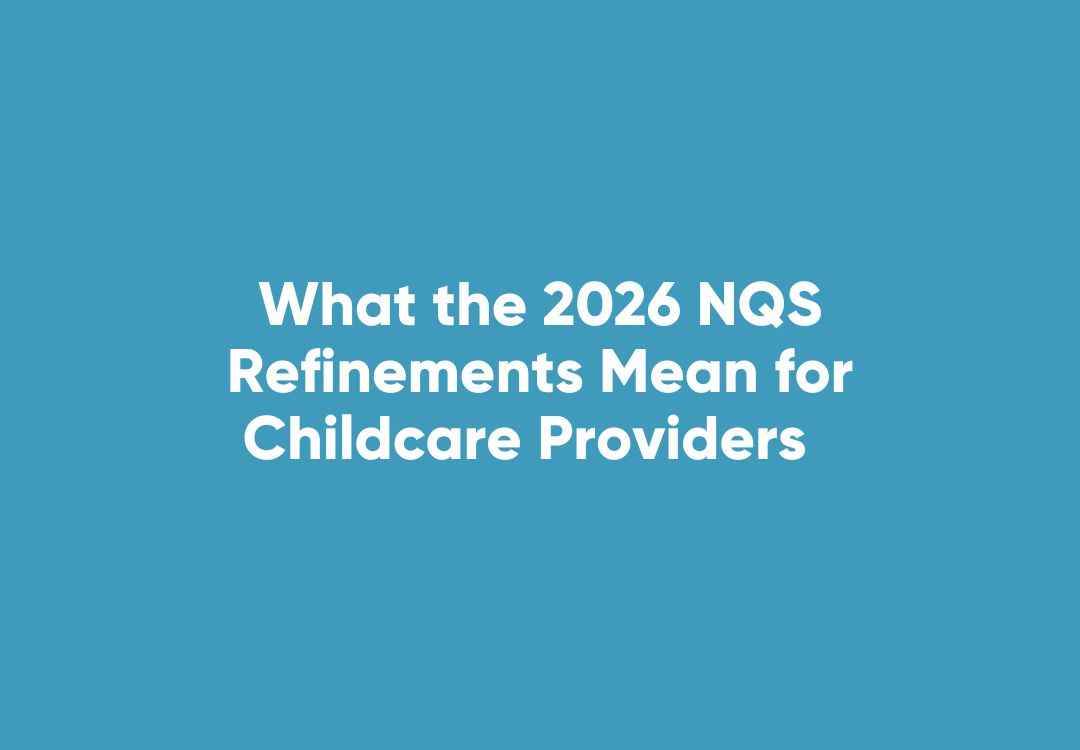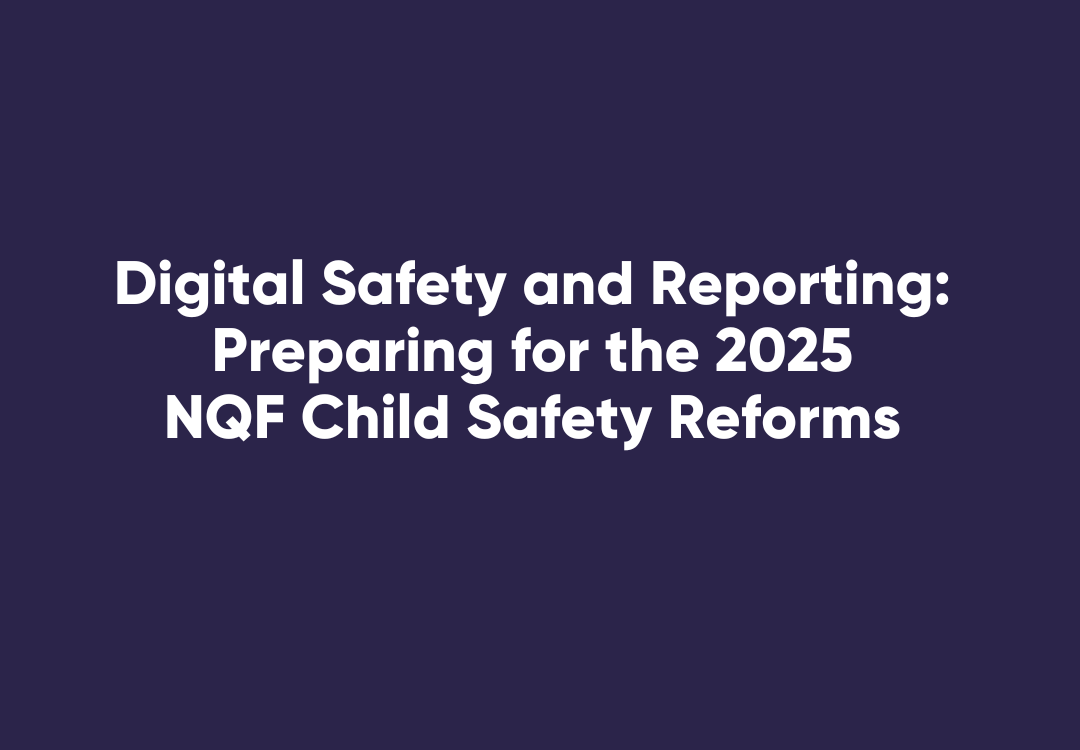EOFY WHS Self-Audit: How to Spot Gaps in Safety Compliance
EOFY WHS Self-Audit: How to Spot Gaps in Safety Compliance
As the 2025 financial year concludes, ensuring workplace safety compliance is paramount for Australian employers. Conducting a Work Health and Safety (WHS) self-audit is a proactive approach to identify potential hazards, assess risk controls, and ensure adherence to legislative requirements.
A WHS self-audit involves a systematic review of safety policies, procedures, and practices within an organisation. It helps in pinpointing areas of non-compliance, evaluating the effectiveness of existing safety measures, and implementing improvements to foster a safer work environment.
By undertaking a WHS self-audit before the end of the financial year, businesses can address safety concerns, reduce the risk of incidents, and demonstrate due diligence in meeting their legal obligations.
What is a WHS Self-Audit?
A WHS self-audit is an internal review process where an organisation assesses its compliance with work health and safety laws and standards. The audit examines various aspects, including:
- Safety Policies and Procedures: Evaluating the adequacy and implementation of safety guidelines.
- Risk Management: Identifying potential hazards and assessing the effectiveness of control measures.
- Training and Competency: Ensuring employees have received appropriate safety training and possess the necessary skills.
- Incident Reporting and Investigation: Reviewing processes for reporting and investigating workplace incidents.
- Emergency Preparedness: Assessing the readiness of emergency response plans and procedures.
Conducting a WHS self-audit helps organisations proactively manage safety risks, comply with legal requirements, and promote a culture of continuous improvement in workplace safety.
Importance of Conducting a WHS Self-Audit Before EOFY
Performing a WHS self-audit before the end of the financial year offers several benefits:
- Compliance Verification: Ensures that the organisation meets current WHS legislative requirements, reducing the risk of legal penalties.
- Risk Identification: Helps in detecting potential safety hazards and implementing corrective actions promptly.
- Resource Planning: Allows for the allocation of necessary resources and budgeting for safety improvements in the upcoming financial year.
- Employee Engagement: Demonstrates a commitment to employee well-being, fostering a positive safety culture.
- Continuous Improvement: Provides insights into the effectiveness of existing safety measures and areas for enhancement.
By integrating WHS self-audits into the EOFY planning process, organisations can proactively address safety concerns and align their operations with best practices.
Steps to Conduct an Effective WHS Self-Audit
- Plan the Audit:
- Define the scope, objectives, and criteria of the audit.
- Develop an audit schedule and assign responsibilities.
- Gather Documentation:
- Collect relevant policies, procedures, training records, and incident reports.
- Conduct the Audit:
- Perform site inspections to identify hazards.
- Interview employees to assess their understanding of safety protocols.
- Evaluate the implementation of safety measures.
- Identify Non-Compliance and Areas for Improvement:
- Document findings and classify them based on severity.
- Develop corrective action plans with assigned responsibilities and timelines.
- Report and Review:
- Prepare a comprehensive audit report summarising findings and recommendations.
- Review the report with management and relevant stakeholders.
- Implement Corrective Actions:
- Address identified issues promptly.
- Monitor the effectiveness of implemented solutions.
- Follow-Up:
- Schedule subsequent audits to ensure continuous compliance and improvement.
Leveraging WorkPro for WHS Compliance
WorkPro offers tools and resources to assist organisations in managing WHS compliance effectively:
- eLearning Modules: Access to comprehensive safety training programs tailored to various industries.
- Compliance Tracking: Monitor employee training completion and certification statuses.
- Documents Management: Centralised platform for distributing and acknowledging safety policies, documents and procedures.
By integrating WorkPro into your safety management system, you can streamline compliance processes, enhance employee awareness, and foster a culture of safety within your organisation.
Conducting a WHS self-audit before the end of the financial year is a strategic approach to ensure safety compliance, identify potential risks, and implement improvements. By proactively addressing safety concerns, organisations can protect their workforce, comply with legal obligations, and promote a safe working environment.
Explore how WorkPro can support your organisation in achieving WHS compliance and fostering a culture of safety.













